
There’s not much that is quite as crappy as being the last one on a group ride, scrambling to keep pace with everyone else. On top of the physical discomfort, the burning legs, the racing heart, being the last one in file makes everything sting just a little bit more.
A few months ago, I was in such a situation, pushing harder than I would have liked. Surely, this was to my own benefit even if it didn’t feel like it at the moment, but not indulging in the benefits of adversity, I questioned everything about my bike. Why did I leave these heavy ass tires on here? I should have looked through my pack and emptied it out before the ride. I’ll bet my chain doesn’t have enough lube. That’s probably it.
The two friends ahead of me seemed to be dueling. One took the lead and the other was merely a few inches off his back wheel. They burned up the hill, disappearing ahead of me and I felt like I stayed in place.
“Oh well,” I told myself. “It’s just not my day.”
It didn’t help that this wall of a climb was just a few minutes after the start. No warm up this time, before we dropped into a pan of crackling oil.
I see myself as a diesel. I start to run better after I’ve got a few miles under my belt. I saw them at the summit, chatting, catching their breaths, and squirting water into their mouths. I spun up to them with my head a little low.
Maybe I hadn’t given them enough credit. Neither of them cared that I was the slow one. We were all just happy to be out on an infrequent warm and sunny late fall day.
By the end of the ride, the order had changed. I wasn’t fast, but I was efficient and I chugged along, passing one of my friends who led me up the climb. As we neared the parking lot where we started, I fell back to check on him.
“Sorry, I think something’s up with my drivetrain,” he said to me as I circled around to his side and pedaled the last mile with him. I smiled, remembering how I told myself the same thing at the start of the ride.
I didn’t care about his excuse and I don’t mean that in a cold way. But, he probably would have felt the same way if I told him the thoughts swirling around my head during the first, big climb. The amusing thing is that we feel like we need to discount ourselves or find somewhere to place the blame in instances like this because we might not feel great about our performance in front of friends, especially new riding partners. Maybe it’s human tendency to make excuses because we want to spare our self image, but if your friends really care about you being in the back, they probably aren’t the best friends to ride with anyway.
Weeks later, I found myself doing the same old thing: telling myself it was the bike that was the problem, when it was really me, but in a completely different scenario. I’d spent about a week in Mexico with a small crew of professional trail builders. Dreamy jumps is their business and business had been pretty good. They’d dug for professional athletes at world famous events and for video edits.
Over the week, I watched them unroll a brown carpet of flow up and down a mountain. They called it a blue-rated line, but with its gapped step-ups and step-downs, it would likely be a black diamond in most parts of the US. As the trail came together over the week, I gawked over the amazing line, and questioned whether I could ride it or not.
The jumps didn’t look particularly difficult, but the trail required a degree of flow and speed throughout the whole thing and I wasn’t sure if I had it. The first drop in was easy, but then you had to clear a tabletop, stay off your brakes in the berm, and carry enough speed to clear a 4-foot step-up—and then do the same thing for the next section.
There are some riders that are great at jumping. They come from a BMX, dirt jump, or dirt bike background or maybe they spend a lot of time at the bike park, and have access to these kinds of trails. Then there are some who can’t jump at all. I’m somewhere in the middle and consider myself a decent jumper when I’m practiced.
But, it was the dead of winter, and practiced I was not. At the end of the final day of digging, the builders called me up to ride the line with them all. I wasn’t sure of myself and I took the spot of the caboose in this four-man train.
They assured me I’d be fine. They knew how to dig a kick-ass trail after all. Clear the tables, don’t brake, keep your speed through the berms, and push the bike up and over the step-ups. I’d give it my best shot, I told them, but my big, 160mm enduro 29er might be my downfall on this jump line.
When we launched, my mind was well ahead of me and I was flooded with nervousness. I cranked the pedals into the drop-in, cleared the table, rounded the berm, and whoooosh! I landed on the shelf above the step-up. No time to stop and soak up the victory though, I had another section ahead of me. I rolled the step-down, into the next, longer, tabletop, rounded the berm, and launched into the next step-up, landing my bottom bracket squarely on the edge of the next shelf.
I laughed. The people around the trail who’d watched it come together laughed. I untangled myself from the take-off and rode off the last step-down, skipping the final jump.
“Not bad for your first run through,” said one of the builders. No, it wasn’t. My big, heavy bike wasn’t the problem on the jump trail, and the other bike wasn’t the problem when I was slowly grinding uphill. They’ve been convenient excuses for not training hard enough, not trying hard enough, or just having a bad day, which is totally fine.
There’s no need to associate your performance on the bike, whether up or downhill, with your self-worth. But there are also times when we discount ourselves and our capability and then find low-hanging fruit to place the blame. And if we do it enough, it becomes a bad habit preventing us from pushing ourselves over new walls. I’m looking forward to the next ride where I’m trailing behind, or the next dirt jump, disguised as a barrier, so I can push myself a little harder.


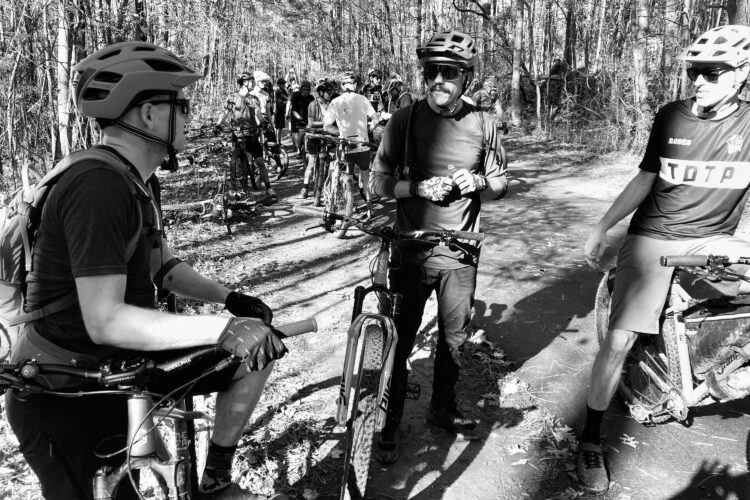

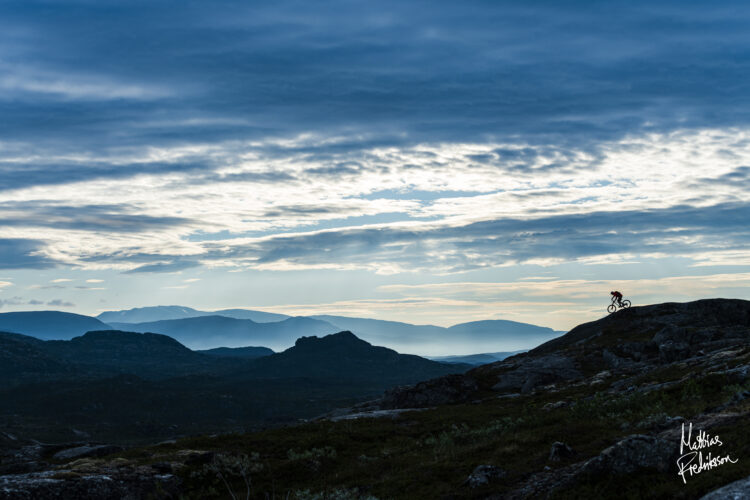

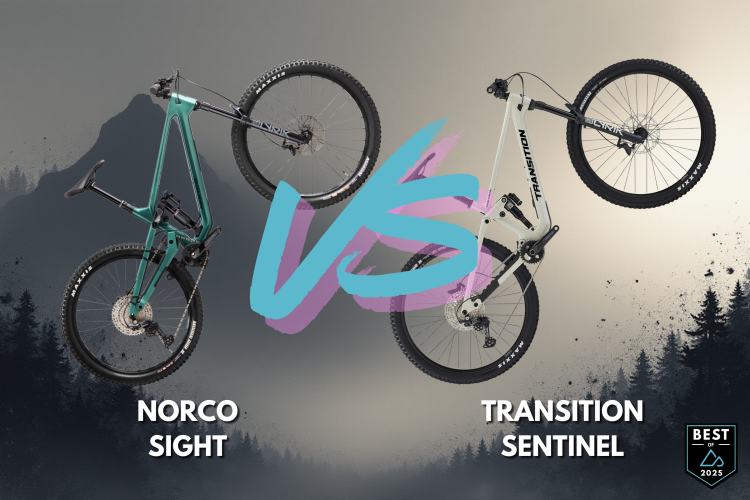
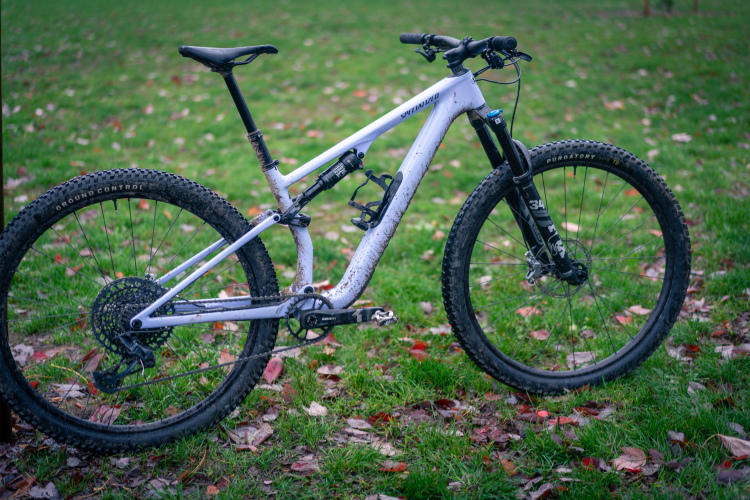
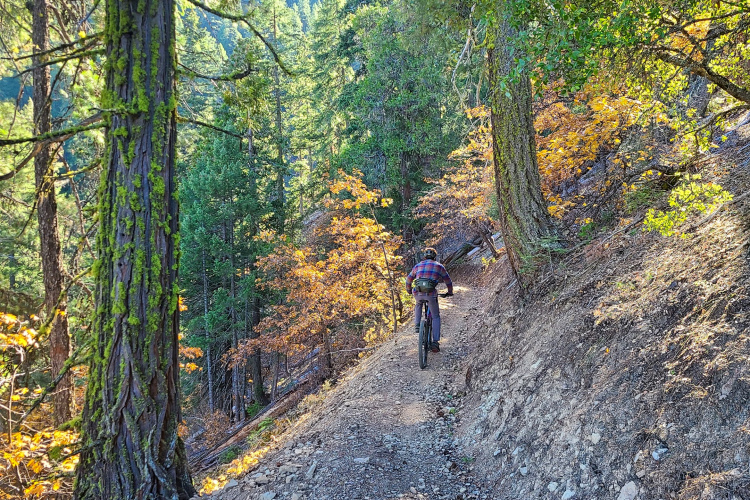


36 Comments
Feb 11, 2023
Every time I ride with my two friends, I always take home the bronze.
I never blame the bike though. If we switched bikes, I'd still finish last so I know it's not that. From a Huffy to an Alchemy, it's never mattered.
Feb 10, 2023
Then it's super rewarding when you're able to overcome the mechanical, or execute a tricky pass around the slow rider, or manage to find fun in the ride despite the weather.
I wonder if people who ride top of the line, $12,000 MTBs ever blame the bike for a bad day? That would take some real cognitive dissonance. :)
Feb 13, 2023
I couldn't take it...
Feb 11, 2023
Feb 16, 2023
Feb 13, 2023
Feb 13, 2023
Feb 16, 2023
Feb 16, 2023
$120 (one hundred twenty dollars)
Just to be clear.
Feb 16, 2023
Feb 16, 2023
Feb 16, 2023
Like I said, I'll take my financial cues from a billionaire (i.e. Warren Buffett, or even Jimmy Buffett) who drives a $12k car over someone who would spend $12k on a bicycle. Especially if the extra $11.8k doesn't actually buy me anything. (My bike cost me $10.00. It does everything I need a bicycle to do. To be fair, the seller was asking $20.)
Feb 16, 2023
Feb 17, 2023
Feb 10, 2023
Feb 14, 2023
Feb 12, 2023
Feb 16, 2023
Feb 13, 2023
Feb 12, 2023
Feb 13, 2023
Feb 13, 2023
But showed up to a Pivot demo with my girlfriend and her friend who both rented versions of the new Shuttle SL to take on the notoriously uphill, loose rock, tight turns of a 8 mile race course setup on a ranch outside of Austin TX for a large yearly XC race taking place next weekend. Being the idiot I am I did not get a demo to "get more practice in for transfers during Enduro races". So I am on this course on a Revel Rail 27.5 with a Zeb Ultimate up front and X2 in the rear, I'll admit one of the best pedaling Enduro bikes in existence "Canfield Balance Formulas for life".
But after completing blowing my quads on the first huge climb to see the ladies smiling and and laughing at the top, while I was actively trying to not lose my breakfast, was one of the most humbling experiences I have had in a long time.
Now off to work on my cardio everyday till I can make it up thag climb, without nearly dying in the process!
Feb 11, 2023
Feb 11, 2023
Feb 13, 2023
Feb 13, 2023
Feb 11, 2023
Feb 13, 2023
Feb 13, 2023
Feb 16, 2023
Feb 17, 2023
Feb 16, 2023
Feb 16, 2023
Feb 17, 2023
Feb 17, 2023
Feb 13, 2023